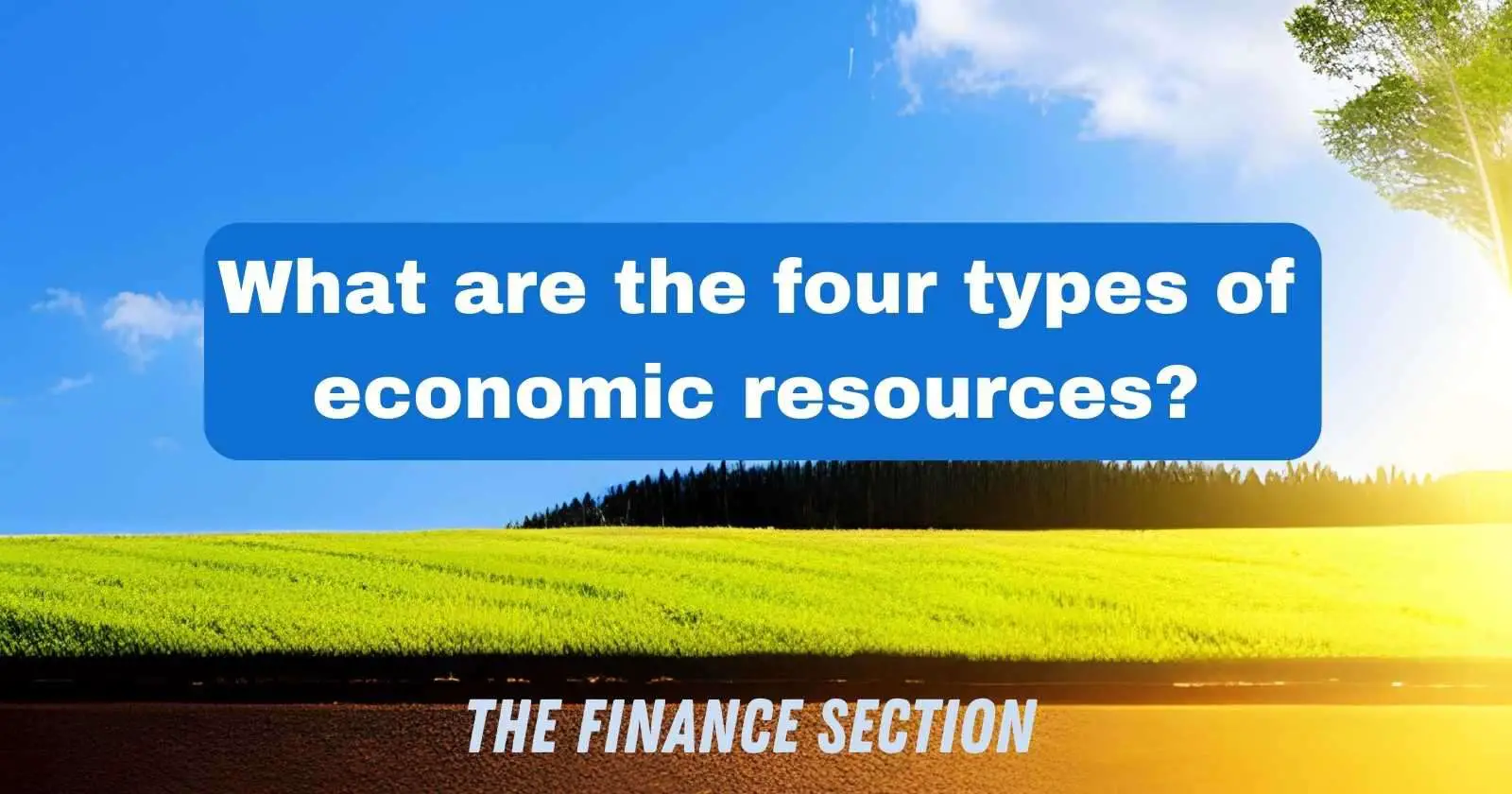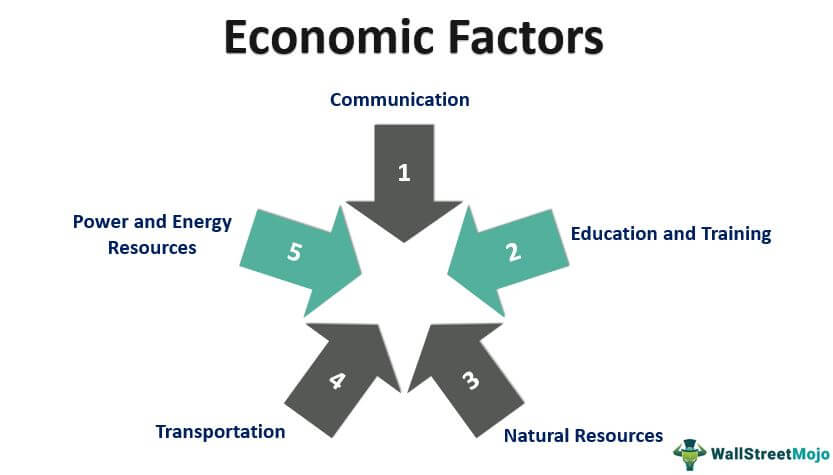Which Of The Following Is Not Considered An Economic Resource

Breaking: Confusion reigns as citizens grapple with fundamental economic principles. Widespread misunderstanding of economic resources is leading to flawed decision-making in personal finance and policy debates.
The question "Which of the following is not considered an economic resource?" has exposed a critical gap in economic literacy. This article clarifies the definition of economic resources and identifies the common misconception.
Economic Resources Defined
Economic resources, also known as factors of production, are the inputs used to produce goods and services. They are fundamentally limited in supply.
These resources are broadly categorized into four main types: land, labor, capital, and entrepreneurship.
Land
Land encompasses all natural resources available for production. This includes raw materials like minerals, forests, water, and the land itself used for agriculture or construction.
The availability of land is often geographically determined and subject to environmental constraints.
Labor
Labor refers to the human effort, both physical and mental, used in the production process. It includes the skills, knowledge, and abilities of the workforce.
Labor is a critical factor in determining the productivity and output of an economy.
Capital
Capital consists of man-made goods used to produce other goods and services. Examples include machinery, equipment, tools, and infrastructure.
Capital investment is crucial for long-term economic growth and development.
Entrepreneurship
Entrepreneurship is the ability to combine land, labor, and capital to create new goods and services. It involves innovation, risk-taking, and management skills.
Entrepreneurs are vital for driving economic progress and creating jobs.
The Misconception: Money is NOT an Economic Resource
Despite its importance in facilitating transactions, money is not considered an economic resource. This is the core point.
Money is a medium of exchange; it represents value, but it doesn't directly contribute to the production process like the other four factors.
Mistaking money for capital is a common error, but crucial to avoid for economic understanding.
The Confusion: A Deep Dive
A recent survey conducted by the National Economic Literacy Foundation (NELF) revealed that 47% of respondents incorrectly identified money as a primary economic resource. This points to a significant knowledge gap.
The survey, conducted between October 26th and November 1st, 2024, involved a representative sample of 1,000 adults across the United States. NELF's report underscored the need for improved economic education in schools and communities.
Professor Anya Sharma, an economist at Harvard University, explains, "Money facilitates the exchange of goods and services, but it is not inherently productive. It is a tool, not an input."
“Understanding this distinction is vital for making informed investment decisions and understanding economic policy," Sharma emphasizes.
Implications of Misunderstanding
The confusion surrounding economic resources has real-world implications. Individuals may misallocate their savings, prioritize short-term gains over long-term investments, and support ineffective economic policies.
Businesses may face difficulties in accurately assessing their production costs and making strategic decisions regarding resource allocation.
Call to Action: Enhancing Economic Literacy
Several organizations are actively working to improve economic literacy. These include the Council for Economic Education (CEE) and various university extension programs.
These initiatives offer educational resources, workshops, and training programs designed to enhance understanding of basic economic principles.
Next Steps
The NELF plans to launch a national awareness campaign to address the confusion surrounding economic resources. The campaign will include public service announcements, online educational materials, and community outreach programs.
Furthermore, policymakers are considering initiatives to integrate economic literacy into school curricula at all levels.


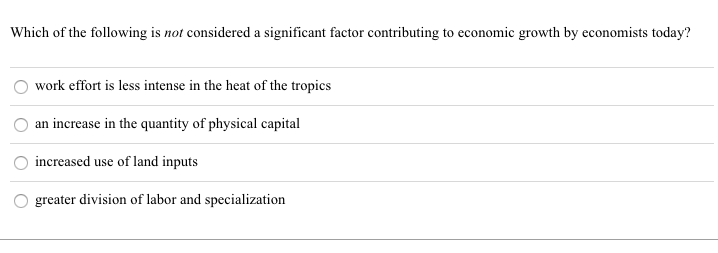


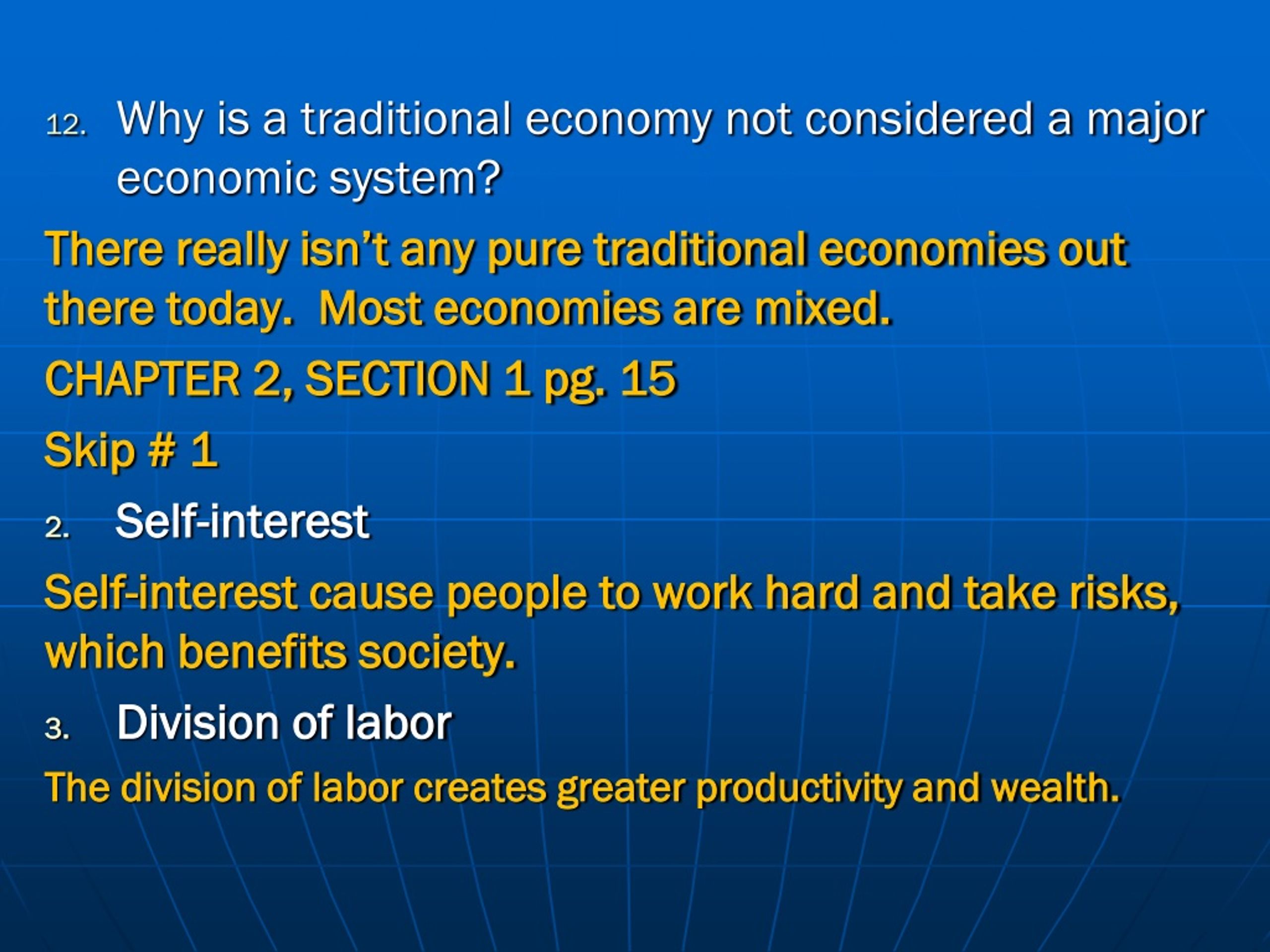
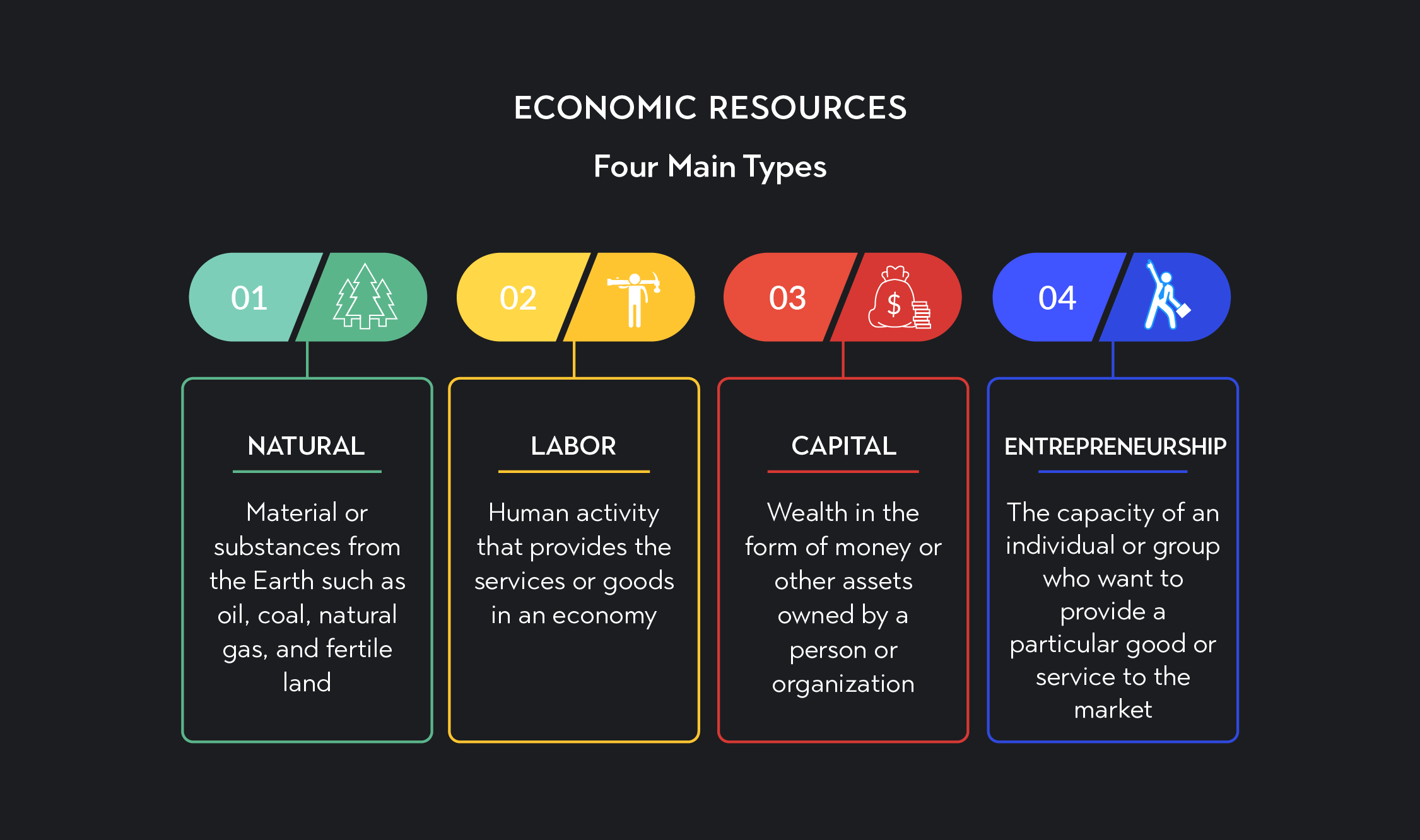

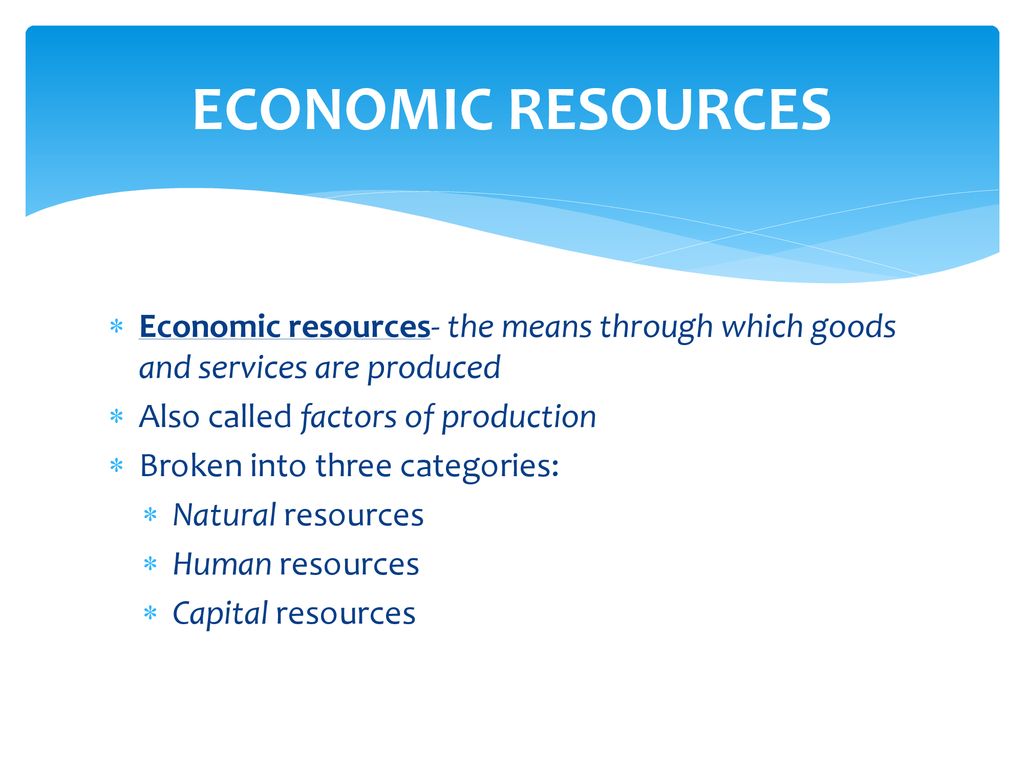


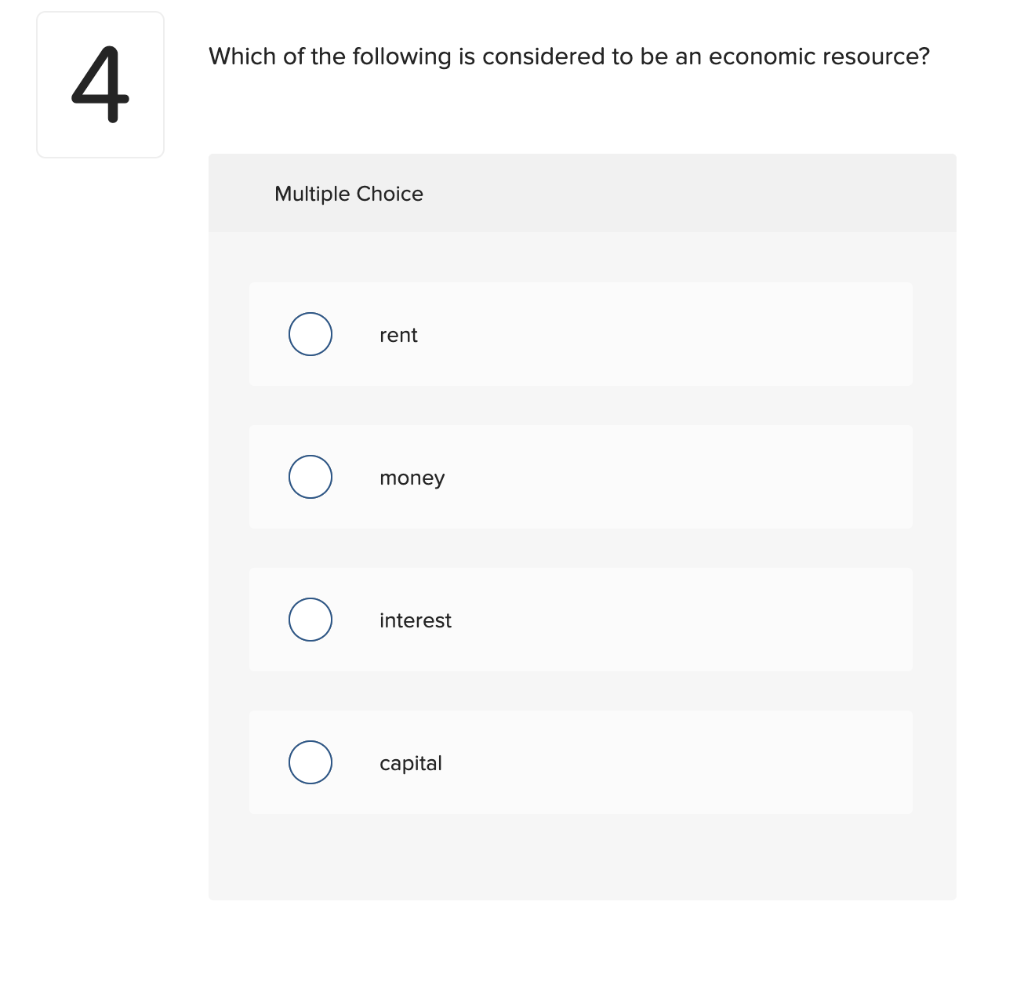

![Which Of The Following Is Not Considered An Economic Resource [GET ANSWER] Use the following diagrams for the U.S. economy to answer](https://cdn.numerade.com/ask_images/22f9af53a6254f9195cf5caa01f3ce27.jpg)
